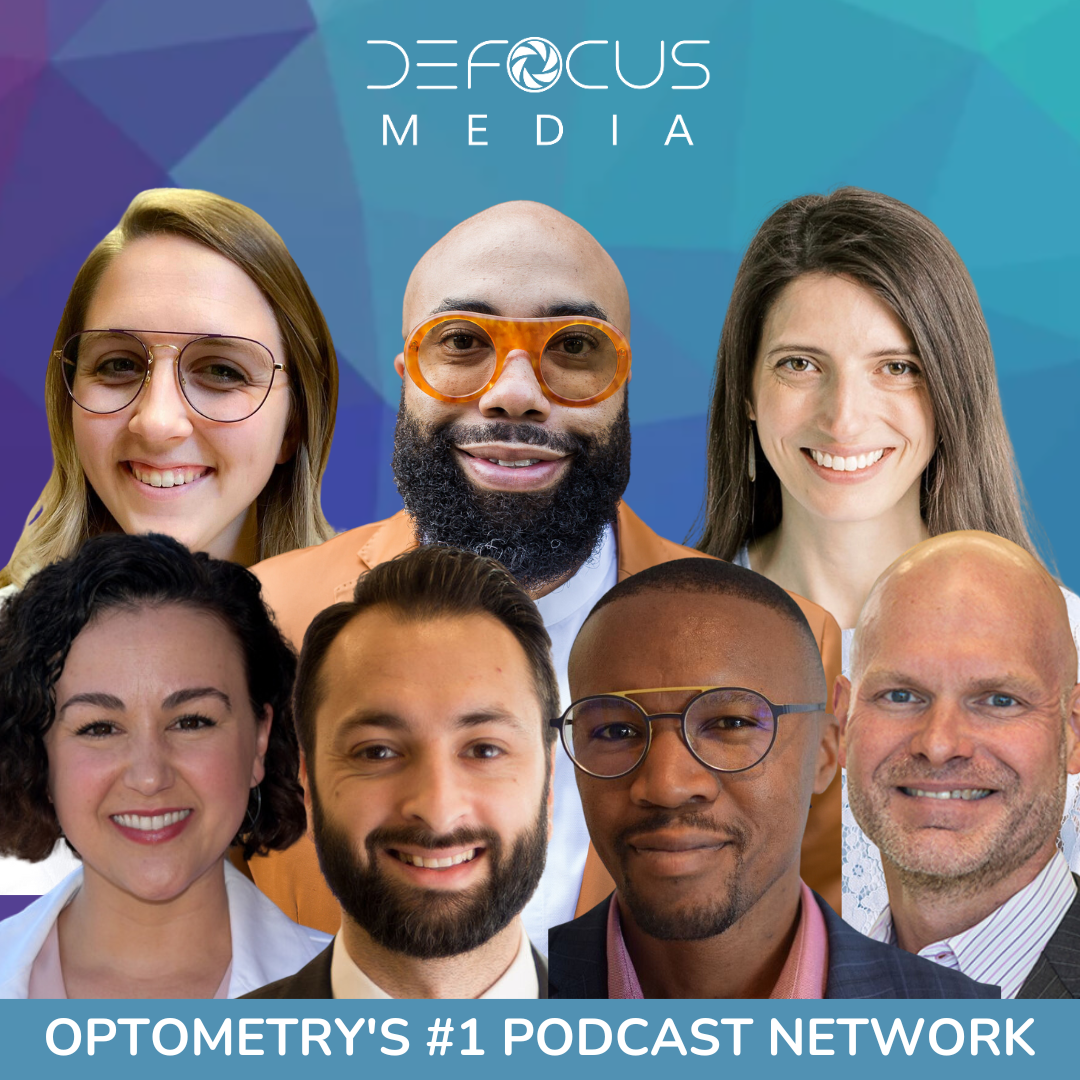- After-Shows
- Alternative
- Animals
- Animation
- Arts
- Astronomy
- Automotive
- Aviation
- Baseball
- Basketball
- Beauty
- Books
- Buddhism
- Business
- Careers
- Chemistry
- Christianity
- Climate
- Comedy
- Commentary
- Courses
- Crafts
- Cricket
- Cryptocurrency
- Culture
- Daily
- Design
- Documentary
- Drama
- Earth
- Education
- Entertainment
- Entrepreneurship
- Family
- Fantasy
- Fashion
- Fiction
- Film
- Fitness
- Food
- Football
- Games
- Garden
- Golf
- Government
- Health
- Hinduism
- History
- Hobbies
- Hockey
- Home
- How-To
- Improv
- Interviews
- Investing
- Islam
- Journals
- Judaism
- Kids
- Language
- Learning
- Leisure
- Life
- Management
- Manga
- Marketing
- Mathematics
- Medicine
- Mental
- Music
- Natural
- Nature
- News
- Non-Profit
- Nutrition
- Parenting
- Performing
- Personal
- Pets
- Philosophy
- Physics
- Places
- Politics
- Relationships
- Religion
- Reviews
- Role-Playing
- Rugby
- Running
- Science
- Self-Improvement
- Sexuality
- Soccer
- Social
- Society
- Spirituality
- Sports
- Stand-Up
- Stories
- Swimming
- TV
- Tabletop
- Technology
- Tennis
- Travel
- True Crime
- Episode-Games
- Visual
- Volleyball
- Weather
- Wilderness
- Wrestling
- Other
Shaping the Future of Eyecare: Innovation, Collaboration, and Diversity
Join us for a thoughtful discussion with Dr. Richard C. Edlow, as we explore key trends in eyecare. From understanding the rising demand for medical eye care due to an aging population, to recognizing the workforce challenges in optometry and ophthalmology, this episode offers a candid look at the state of the industry. We also delve into the opportunities for innovation and collaboration, as well as the crucial need for greater diversity in the profession. Tune in for an engaging and informative conversation. Dr. Richard C. Edlow’s Journey in Eyecare 02:31-07:20 Dr. Darryl Glover: Could you share a bit about your background, your story, and your journey into eyecare? Dr. Richard C. Edlow: Absolutely. I’ve always been intrigued by healthcare economics. For 25 years, I was the CEO of a 26-doctor practice comprising 13 ophthalmologists and 13 optometrists. I managed the practice based on data and anticipated industry trends. We successfully completed a private equity investment in 2014, after which I gradually exited the role. Parallel to this, I maintained a part-time optometric practice with a partner, practicing around 8 to 12 hours a week until March of 2020. With the onset of COVID, I decided to retire clinically. Although retired, I remain engaged with the industry. I spend half my time, besides picking up grandkids from school, tracking various data sources. I analyze Medicare utilization payment data, census data, and information from the ASCO (Association of Schools and Colleges of Optometry), and the Association of University Professors in Ophthalmology. I crunch these numbers into detailed spreadsheets as I’m quite a numbers geek. From these data analyses emerge trends indicating where optometry might be in the next 5, 10, or 20 years. Through this, we can gain a clearer view of the future of eyecare and strategically plan for it. It’s crucial to consider your professional career path for the next 10, 20 years based on this information. I find this data compelling and enjoy sharing it. I disseminate this data with students in optometry schools during their practice management programs in the third year. I also share it with any state association or the American Optometric Association at no charge. I believe it’s essential to get the word out there as optometry has been very good to me and to many others if approached correctly. Despite our focus on numbers and data, the crux of the matter is patient care and being kind to people. If we do that right, everything else follows. So, that’s a brief history of my journey and where I stand today. The Growth Opportunities in Eyecare 10:26-12:51 Dr. Darryl Glover: Where are the growth opportunities? We want to keep our profession amazing and also ensure that we’re reaching all our patients. Dr. Richard C. Edlow: Absolutely. Initially, the response is all of the above. However, I focus on growth rates. We all know about the aging population in the US and age-related eyecare such as glaucoma, cataracts, macular degeneration. I track this based on census data and the prevalence of eye disease.The most recent data I’m using projects from 2020 to 2030. We have about seven more years to go until 2030, and the population that’s 65 and older, the Medicare population, is set to increase by 30%. The commercial population, which is 64 and younger, will only grow about 2%. The baby boomers, my generation, are growing 15 times faster than the commercial population. So, if you ask where the greatest influx of patients will be over the next decade, it’s the aging population. That indicates that medical eye care is going to grow. We project about 26% of this population will show up in

